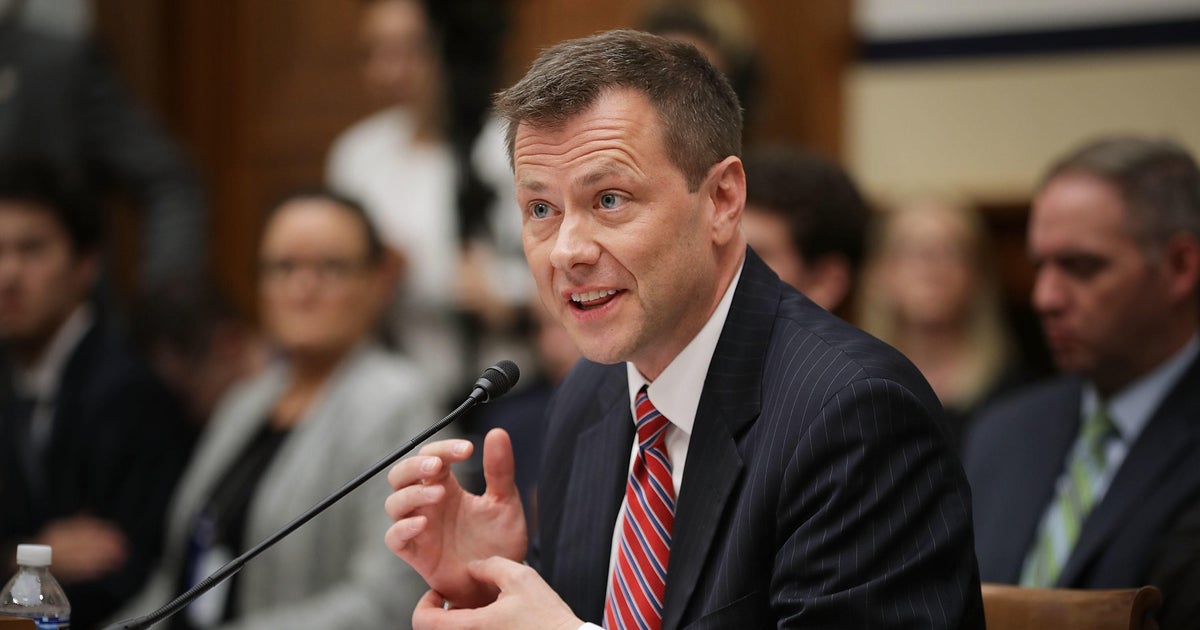Webb space telescope reaches orbit nearly a million miles away after 30-day voyage from Earth
The James Webb Space Telescope slipped into orbit around a point in space nearly a million miles from Earth Monday where it can capture light from the first stars and galaxies to form in the aftermath of the Big Bang.
As planned, the European Ariane 5 rocket that launched Webb on Christmas Day put the telescope on a trajectory that required only a slight push to reach the intended orbit around Lagrange Point 2, or L2, one of five spots where the pull of sun and Earth interact to form stable or nearly stable gravitational zones.
The push came in the form of a 4-minute 57-second thruster firing at 2 p.m. EST that increased Webb's velocity by a mere 3.6 mph, just enough to ease it into a six-month orbit around L2.
"Webb, welcome home!" NASA Administrator Bill Nelson said in a blog post. "Congratulations to the team for all of their hard work ensuring Webb's safe arrival at L2 today. We're one step closer to uncovering the mysteries of the universe. And I can't wait to see Webb's first new views of the universe this summer!"
Spacecraft at or near L2 orbit the sun in lockstep with Earth and can remain on station with a minimum amount of rocket fuel, allowing a longer operational lifetime than might otherwise be possible.
Keith Parrish, Webb's commissioning manager, said the telescope's launch was so precise, as were two subsequent trajectory corrections, that the small orbit insertion burn Monday left the observatory with more than enough propellant to exceed its design life.
"We're going to extensively exceed our 10-year life," he told reporters. "You've heard numbers around 20 years, we think that's probably a good ballpark. We're trying to refine that. ... Regardless of what the final number is, we're just all going to be thrilled."
Along with saving fuel, orbiting L2 also will allow Webb to observe the universe while keeping its giant sunshade broadside to the sun and the telescope's optics and instruments on the cold side.
As of Monday, Webb's secondary mirror had cooled down to nearly minus 400 Fahrenheit with the primary mirror segments following suit at different rates based on their location. Those extremely low temperatures are required for Webb to register the exceedingly faint infrared light from the first stars and galaxies.
For the rest of its operational life, Webb will circle L2 at distances between 155,000 and 517,000 miles, taking six months to complete one orbit. Because the orbit around L2 is not perfectly stable, small thruster firings will be carried out every three weeks or so to maintain the telescope's trajectory.
Asked to provide a layman's view of a Lagrange point, Jane Rigby, Webb project scientist at the Goddard Space Flight Center, told reporters "the way I see it in my head is like a Pringles potato chip."
The Lagrange zone's gravitational field "is a saddle point," she said. "So it's the middle of the Pringles potato chip. It is a semi-stable point in our solar system."
By carrying out small trajectory correction thruster firings, flight controllers can keep Webb in the sweet spot of that gravitational saddle with a minimal amount of fuel.
"Congrats to the team!" tweeted NASA science chief Thomas Zurbuchen. "@NASAWebb is now in its new stable home in space & one step closer to helping us #UnfoldTheUniverse."
Before launch, engineers said Webb likely would have enough propellant to operate for five to 10 years. But thanks to the precision of its Ariane 5 launch and two near-perfect trajectory correction burns carried out later, it now appears Webb could remain operational for many years beyond that.
With the L2 orbit insertion burn behind them, scientists and engineers will focus on aligning Webb's secondary mirror and the 18 hexagonal segments making up its 21.3-foot-wide primary mirror to achieve the required razor-sharp focus.
Each mirror segment is equipped with seven actuators, six of which can make microscopic changes in a segment's orientation and one that can push or pull as required to slightly change a mirror's shape.
As it now stands, the 18 unaligned segments would produce 18 out-of-focus images of the same star. But over the next few months, the positions of each segment will be adjusted in tiny increments, one at a time, to move reflected starlight to the center of the telescope's optical axis.
"All 132 actuators are working completely nominally, and they're working at these very cold temperatures," said Lee Feinberg, Webb Optical Element Manager at Goddard. "The coldest mirror is actually the secondary mirror, which is now about 35 Kelvin, which is roughly minus 400 degrees Fahrenheit. So those actuators are about that temperature."
To line up the mirror segments, Webb will be aimed at a relatively isolated star in Ursa Major near the bowl of the Big Dipper. One of the telescope's four instruments will be used to map out where each segment is currently aimed.
"We'll get 18 separate images that will be very blurry because these individual (segments) won't be aligned," Feinberg said. "So we'll align them and then we will put those 18 images on top of each other. We call that stacking."
With the segments finally aligned to within a tiny fraction of the width of a human hair, the primary and secondary mirrors will be aligned to optimize the light being directed to Webb's four science instruments.
The first images from the fully commissioned telescope are expected this summer, roughly six months after launch.
"We'll be doing more than 300 observing programs in the first year," Rigby said. "Most of those fall into four broad science themes about the first generation of galaxies that formed after the Big Bang; how galaxies evolve over the history of the universe; how stars and their planets form; and then all about planetary systems, both our sun's planets and planets that are orbiting other stars.
"We're a month in, and the baby hasn't even opened its eyes yet," she said. "But that's the science that we're looking forward to."







